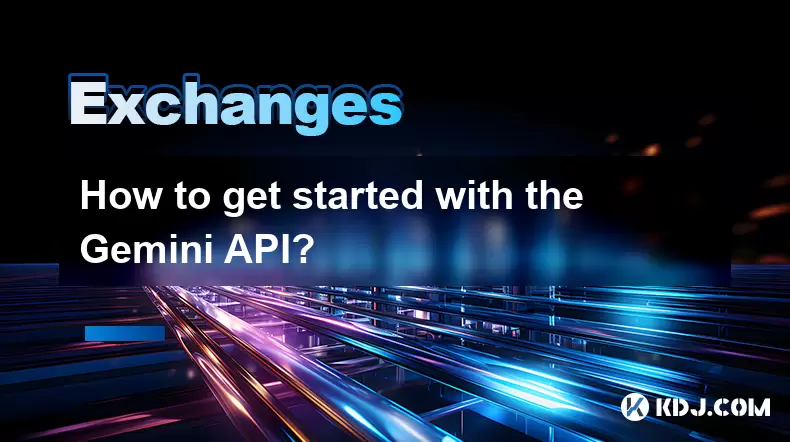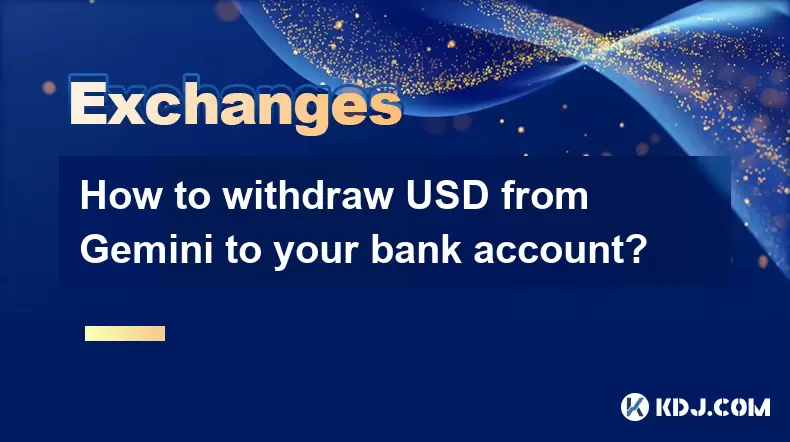-
 Bitcoin
Bitcoin $115000
0.12% -
 Ethereum
Ethereum $3701
4.50% -
 XRP
XRP $3.081
2.99% -
 Tether USDt
Tether USDt $0.0000
-0.01% -
 BNB
BNB $767.9
1.45% -
 Solana
Solana $169.5
3.13% -
 USDC
USDC $0.9999
0.01% -
 Dogecoin
Dogecoin $0.2106
4.30% -
 TRON
TRON $0.3334
1.62% -
 Cardano
Cardano $0.7564
2.54% -
 Stellar
Stellar $0.4165
0.76% -
 Hyperliquid
Hyperliquid $38.75
0.25% -
 Sui
Sui $3.593
3.00% -
 Chainlink
Chainlink $17.08
3.59% -
 Bitcoin Cash
Bitcoin Cash $573.6
4.35% -
 Hedera
Hedera $0.2508
-0.84% -
 Avalanche
Avalanche $23.07
6.46% -
 Ethena USDe
Ethena USDe $1.001
-0.02% -
 Litecoin
Litecoin $120.8
8.17% -
 UNUS SED LEO
UNUS SED LEO $8.943
-0.32% -
 Toncoin
Toncoin $3.400
-5.60% -
 Shiba Inu
Shiba Inu $0.00001255
1.54% -
 Uniswap
Uniswap $9.908
6.32% -
 Polkadot
Polkadot $3.718
2.10% -
 Monero
Monero $303.0
-0.74% -
 Dai
Dai $0.9999
-0.02% -
 Bitget Token
Bitget Token $4.392
0.91% -
 Cronos
Cronos $0.1403
6.31% -
 Pepe
Pepe $0.00001076
1.13% -
 Aave
Aave $267.2
1.80%
How to set Bitget profit stop? Bitget contract profit stop strategy tutorial
Setting a profit stop on Bitget is key for managing crypto trades, automatically closing positions at set profit levels to lock in gains and manage risk effectively.
Jun 12, 2025 at 10:14 am

Setting a profit stop on Bitget is a crucial aspect of managing your cryptocurrency trading strategy. This feature allows traders to automatically close a position when a certain profit level is reached, helping to lock in gains and manage risk effectively. In this tutorial, we will explore the steps to set a profit stop on Bitget and discuss some strategic considerations for using this tool.
Understanding Profit Stop on Bitget
Profit stop, also known as take profit, is an order type that automatically closes a trade when the price reaches a predetermined level of profit. This is particularly useful in the volatile world of cryptocurrencies, where prices can fluctuate rapidly. By setting a profit stop, traders can ensure that they do not miss out on locking in profits when the market moves in their favor.
Setting Up a Profit Stop on Bitget
To set a profit stop on Bitget, follow these steps:
- Log into your Bitget account: Ensure you are logged into your Bitget account and have access to the trading interface.
- Navigate to the trading page: Go to the specific cryptocurrency contract you wish to trade.
- Open a position: You must first open a position (either long or short) before you can set a profit stop.
- Access the order settings: After opening your position, look for the order settings panel, typically found on the trading interface.
- Set the profit stop level: Enter the desired profit level at which you want your position to be automatically closed. This can be done in terms of percentage or price.
- Confirm the settings: Once you have set your profit stop level, confirm the settings to activate the order.
Strategic Considerations for Using Profit Stop
When using a profit stop, it is important to consider your overall trading strategy. Here are some key points to keep in mind:
- Market volatility: In highly volatile markets, setting a profit stop too close to the entry price may result in the order being triggered prematurely. Consider the volatility of the asset when setting your profit stop levels.
- Risk management: Profit stops are a tool for risk management. They help you lock in profits and limit potential losses. Ensure that your profit stop levels align with your risk tolerance and overall trading plan.
- Multiple positions: If you have multiple positions open, consider how each profit stop might interact with the others. You may need to adjust your profit stops based on the performance of your entire portfolio.
Adjusting Profit Stop Levels
As market conditions change, you may need to adjust your profit stop levels. Bitget allows you to modify your profit stop orders at any time. To do this:
- Access the open positions: Navigate to the section of your Bitget account where you can view your open positions.
- Select the position: Choose the specific position for which you want to adjust the profit stop.
- Modify the profit stop level: Enter the new profit stop level and confirm the changes.
Common Mistakes to Avoid
When setting profit stops, traders often make several common mistakes. Here are some to watch out for:
- Setting profit stops too tight: If your profit stop is set too close to the entry price, it may be triggered by normal market fluctuations, preventing you from realizing larger gains.
- Ignoring market trends: Failing to adjust profit stops in response to changing market trends can lead to missed opportunities or unnecessary losses.
- Over-reliance on profit stops: While profit stops are a valuable tool, they should not be the sole basis of your trading strategy. Combine them with other risk management techniques for a more robust approach.
Technical Analysis and Profit Stops
Integrating technical analysis with your profit stop strategy can enhance your trading effectiveness. Here are some ways to do this:
- Support and resistance levels: Use key support and resistance levels to set your profit stops. If the price breaks through a resistance level, it may be a good time to adjust your profit stop to lock in gains.
- Moving averages: Consider using moving averages to determine trend direction and set profit stops accordingly. For example, if the price is above a moving average, you might set a profit stop just below it.
- Candlestick patterns: Pay attention to candlestick patterns that indicate potential reversals or continuations. Adjust your profit stops based on these signals to optimize your trading outcomes.
Practical Examples of Profit Stop Strategies
Let's look at some practical examples of how to use profit stops effectively:
- Example 1: Conservative approach: Suppose you open a long position on Bitcoin at $30,000. You set a profit stop at $31,500, which represents a 5% gain. This conservative approach helps you lock in a modest profit while minimizing exposure to market fluctuations.
- Example 2: Aggressive approach: In a more aggressive scenario, you might set a profit stop at $33,000, aiming for a 10% gain. This approach carries more risk but also the potential for higher rewards.
- Example 3: Trailing stop: You can also use a trailing stop, where the profit stop level adjusts automatically as the price moves in your favor. For instance, if Bitcoin rises to $32,000, your trailing stop might adjust to $31,200, ensuring you capture more of the upward movement.
Frequently Asked Questions
Q1: Can I set multiple profit stops on the same position?
A1: Bitget does not currently support setting multiple profit stops on a single position. You can, however, open multiple positions with different profit stops to achieve a similar effect.
Q2: What happens if the market gaps past my profit stop level?
A2: If the market gaps past your profit stop level, the position will be closed at the next available price. This may result in a slightly different profit than your set level, depending on the size of the gap.
Q3: How do I know if my profit stop order has been triggered?
A3: Bitget will notify you via the trading platform when a profit stop order is triggered. You can also check the status of your orders in the open positions section of your account.
Q4: Can I cancel a profit stop order once it's been set?
A4: Yes, you can cancel a profit stop order at any time before it is triggered. Navigate to your open positions, select the relevant position, and choose to cancel the profit stop order.
Disclaimer:info@kdj.com
The information provided is not trading advice. kdj.com does not assume any responsibility for any investments made based on the information provided in this article. Cryptocurrencies are highly volatile and it is highly recommended that you invest with caution after thorough research!
If you believe that the content used on this website infringes your copyright, please contact us immediately (info@kdj.com) and we will delete it promptly.
- Crypto Airdrops: Your August 2025 Guide to Free Tokens & Opportunities
- 2025-08-05 13:45:13
- Luxury Dining Reimagined: St. Regis Singapore & Marriott's Culinary Celebration
- 2025-08-05 13:45:13
- Fancy Farm Picnic: A Sneak Peek at the 2026 US House Race
- 2025-08-05 13:50:12
- Cardano Price, ADA Forecast & Ethereum Price: What's the Buzz?
- 2025-08-05 13:50:12
- Velo Universe, DEX, and DeFi Security: Navigating the Future of Decentralized Trading
- 2025-08-05 09:25:13
- Bitget Wallet Revolutionizes Solana with Gas-Free Transactions: A New Era for DeFi
- 2025-08-05 09:25:13
Related knowledge

How to set and manage alerts on the Gemini app?
Aug 03,2025 at 11:00am
Understanding the Gemini App Alert SystemThe Gemini app offers users a powerful way to stay informed about their cryptocurrency holdings, price moveme...

How to use the Gemini mobile app to trade on the go?
Aug 04,2025 at 09:14am
Setting Up the Gemini Mobile AppTo begin trading on the go using the Gemini mobile app, the first step is installing the application on your smartphon...

What to do if you forgot your Gemini password?
Aug 04,2025 at 03:42am
Understanding the Role of Passwords in Gemini AccountsWhen using Gemini, a regulated cryptocurrency exchange platform, your password serves as one of ...

What are the websocket feeds available from the Gemini API?
Aug 03,2025 at 07:43pm
Overview of Gemini WebSocket FeedsThe Gemini API provides real-time market data through its WebSocket feeds, enabling developers and traders to receiv...

How to get started with the Gemini API?
Aug 05,2025 at 12:35pm
Understanding the Gemini API and Its PurposeThe Gemini API is a powerful interface provided by the cryptocurrency exchange Gemini, enabling developers...

How to withdraw USD from Gemini to your bank account?
Aug 04,2025 at 11:01am
Understanding Gemini and USD WithdrawalsGemini is a regulated cryptocurrency exchange platform that allows users to buy, sell, trade, and store digita...

How to set and manage alerts on the Gemini app?
Aug 03,2025 at 11:00am
Understanding the Gemini App Alert SystemThe Gemini app offers users a powerful way to stay informed about their cryptocurrency holdings, price moveme...

How to use the Gemini mobile app to trade on the go?
Aug 04,2025 at 09:14am
Setting Up the Gemini Mobile AppTo begin trading on the go using the Gemini mobile app, the first step is installing the application on your smartphon...

What to do if you forgot your Gemini password?
Aug 04,2025 at 03:42am
Understanding the Role of Passwords in Gemini AccountsWhen using Gemini, a regulated cryptocurrency exchange platform, your password serves as one of ...

What are the websocket feeds available from the Gemini API?
Aug 03,2025 at 07:43pm
Overview of Gemini WebSocket FeedsThe Gemini API provides real-time market data through its WebSocket feeds, enabling developers and traders to receiv...

How to get started with the Gemini API?
Aug 05,2025 at 12:35pm
Understanding the Gemini API and Its PurposeThe Gemini API is a powerful interface provided by the cryptocurrency exchange Gemini, enabling developers...

How to withdraw USD from Gemini to your bank account?
Aug 04,2025 at 11:01am
Understanding Gemini and USD WithdrawalsGemini is a regulated cryptocurrency exchange platform that allows users to buy, sell, trade, and store digita...
See all articles

























































































